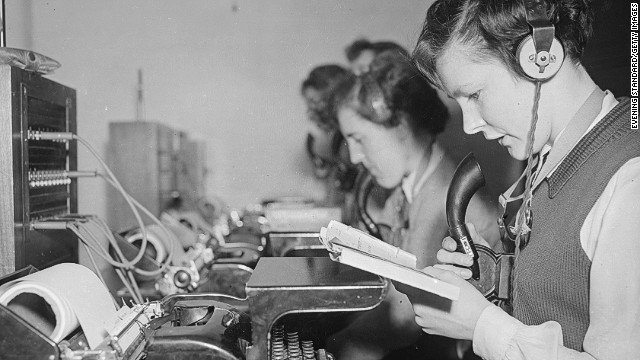Creating a Personal Telegram bot can be an amazing project for programmers, especially when you want to enhance your productivity, or for personal use.
The API is a feature-rich tool that allows coders to create bots that can send messages. The API uses the HTTP method and provides a extensive set of methods for developers to build custom bots.

To get started with creating a custom Telegram bot with PyTht, you'll need to install the `bot-library` library. This library provides a user-friendly API for interacting with the Telegram Bot API.
Here's how to download the `telegram-bot-api` library:
pip install bot-library
Next, you'll need to create a new Telegram bot. To do this, you'll need to follow these steps:
- Open the Telegram app on your phone and search for the BotFather bot. You can also access BotFather by clicking on this link: https://t.me/Bot Creator
- Send the `new-bot` command to the Bot Developer bot to build a new bot.
- Follow the instructions provided by BotFather to develop a new bot. You'll need to give your bot a name, and select a username.
- Once your bot is developed, Bot Developer will provide you with an auth token. This unique token is special to your bot and will be used to verify requests to the Telegram Bot API.
Now that you have a new Telegram bot,
电报中文版 let's get started with developing a custom bot using Python. Here's some demonstration code to get you started:
import logging module
from telegram.ext import Updater
logging.basicConfig(level='info')
TOKEN = 'auth token'
def start(update):
loggerbot.send_message(chat_id=effective.id, text='Hello, I\'m a custom Telegram bot!')
def main():
updater = Updater(token=TOKEN, use_context=True)
dp = updater.dispatcher
dp.add_handler(CommandHandler("start", initial))
dp.add_handler(MessageHandler(Filters.regex(r'^Dice$'), send_dice))
updater.start_polling()
updater.idle()
if name == '__main__':
main()
This code sets up a basic bot that responds to the `/start` command and sends a welcome message to the user.
When developing a custom Telegram bot, there are several guidelines to consider:
- unique When developing your bot, make sure to store your API token safe. This token is unique to your bot and should not anyone.
- Use a consistent naming convention|Use a clear naming convention|Use a naming convention When designating your bot, use a consistent naming convention to make it easy to identify your bot.
- Test your bot Regularly check your bot to ensure it's working as expected and to identify any potential issues.
- Use a reliable hosting service To guarantee your bot is always available, use a trustworthy hosting service to host your bot program.
Developing a custom Telegram bot with Python can be a wonderful and rewarding project. By complying these guidelines and using the `bot-library` library, you can design a custom bot that interacts with users, sends communications, and coordinates chats.